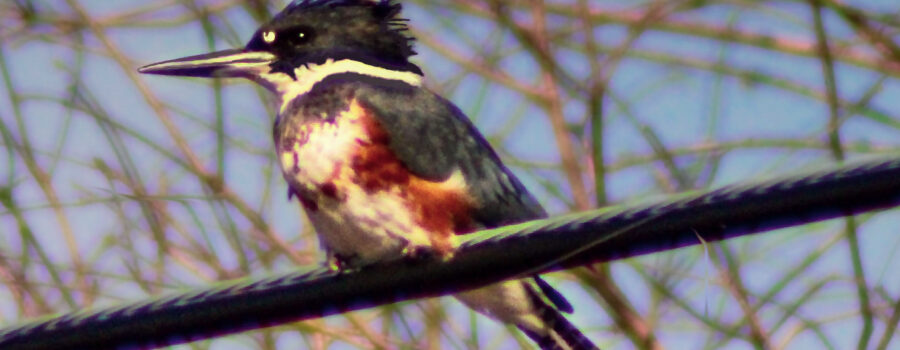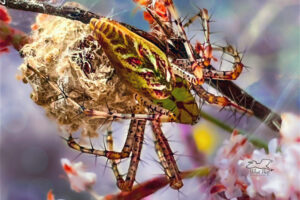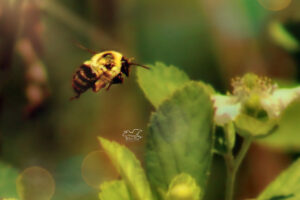Belted Kingfishers are Beautiful Residents

One morning at the end of January I decided to take a drive to look for birds (or other wildlife). The previous two days had been miserably cold and rainy, and even most of the wildlife had hunkered down somewhere relatively warm and dry. When the weather report told me the next day would be sunny and warmer, I figured it would be a good day to hunt for birds. Normally, I hike to look for subjects to photograph, but I know several spots that are great for birds in the area, but they’re not close together or close enough to me to walk to. And as I expected, it turned out to be a good day, although some of the birds I found were not the ones I expected.

One of the birds that I wasn’t counting on, but that wasn’t entirely unexpected, was this pretty little female belted kingfisher (Megaceryle alcyon). These birds are pretty common in this area since we have plenty of small ponds, lakes, rivers, and other great habitat for these birds. This one was sitting on a telephone wire that stretches down one of our main highways. You can’t see it in the photos, but right behind the phone line is a retention pond that I’m sure is her home territory. In fact, during part of the time I was watching her, she was actively studying the pond, looking for prey.

In north central Florida, the belted kingfisher is usually a resident bird. Most birds in southern Florida, however, migrate further north for the breeding season. In general, these birds are residents throughout much of the United State. Some populations that winter in parts of the southern US, Mexico, and Central America migrate to Canada and Alaska to breed. At the beginning of the breeding season, individual birds find a mate, and the two stay together for the rest of the season, but go their separate ways at the end of summer. Both parents actively build the nest, a tunnel dug into the bank of a suitable watery habitat, incubate, and feed the young. A pair can produce 1 to 2 clutches per year of 3 to 8 eggs. Interestingly, young kingfishers have strong stomach acids that allow them to digest fish scales, bones, and mollusk shells. By the time they reach fledging age, they can no longer digest those things and instead form pellets that are regularly regurgitated.

Another fun fact about these birds is that they are one of the few species that show reverse sexual dimorphism, meaning that the females are more colorful than the males. The females, like this bird, have a reddish belt that crosses the chest and extends down the flanks. Males lack these reddish markings and have only the blue and white coloration. Immature birds also have the reddish bands, but they are usually thinner and often mottled with white. Except for breeding season, these birds tend to be pretty solitary, and even during breeding season only a single pair will occupy an area. The pairs are highly territorial and will run off other kingfisher, predators, and anyone else they consider an intruder. It’s not breeding season yet, but it will be starting soon. Hopefully, a pair will decide to nest and reproduce in that retention area and perhaps there will be opportunities to see a male and some immature birds.





Recent Comments